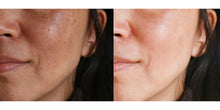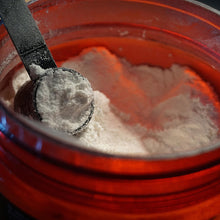What is Azelaic Acid and How is it Used in Cosmetics?
Azelaic Acid is a naturally occurring dicarboxylic acid commonly derived from grains like barley, wheat, and rye. In skincare, it is highly valued for its ability to reduce redness, target acne, and even out skin tone. It is an effective treatment for conditions such as rosacea, hyperpigmentation, and acne due to its antimicrobial, anti-inflammatory, and exfoliating properties. Azelaic Acid is often used in formulations to refine skin texture, brighten the complexion, and address post-inflammatory hyperpigmentation (PIH).
Azelaic Acid Technical Details and Characteristics
- INCI Name: Azelaic Acid
- Physical Form: White powder
- Solubility: Slightly soluble in water, soluble in alcohol
- Usage Rate: Typically used at 5% to 10% in leave-on products
- pH Stability: Effective in pH range of 4 to 5.5
-
Key Properties and Functions:
- Reduces acne and blemishes due to antimicrobial action
- Brightens and evens skin tone
- Soothes inflammation, making it ideal for sensitive skin
- Gently exfoliates to unclog pores
- Compatibility: Can be combined with niacinamide, hyaluronic acid, and antioxidants. Avoid using with strong acids or highly acidic environments (pH below 4) for optimal stability.
3. How to Incorporate Azelaic Acid into Formulations
Azelaic Acid should be added to the oil phase or dissolved in alcohol in formulations. It can be incorporated into emulsions or gel formulations, typically in the heating phase. The ideal formulation temperature should not exceed 70°C to avoid compromising the acid’s effectiveness. Ensure the final pH of the product falls between 4 and 5.5 for the best stability and efficacy. Azelaic Acid is most often used in leave-on formulations such as creams, gels, and serums, and is ideal for those with sensitive, acne-prone skin.
4. Where Azelaic Acid is Found in Skincare Products
Azelaic Acid is frequently found in a range of products aimed at treating acne, rosacea, and hyperpigmentation. Some common formulations include:
- Serums: Often used in acne-fighting or brightening serums for its dual benefits of calming inflammation and lightening dark spots.
- Creams and Gels: Azelaic Acid-based creams and gels are popular for daily use in reducing redness and soothing sensitive skin.
- Spot Treatments: Included in targeted treatments for pimples and blemishes, helping to reduce inflammation and redness.
- Leave-on Exfoliants: Formulated in leave-on treatments for mild exfoliation and decongestion of pores, improving skin texture.
Azelaic Acid is suitable for both day and night use. When using during the day, it’s recommended to follow with sunscreen to protect against UV damage.
Technical Documents:






